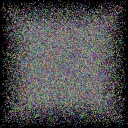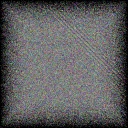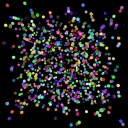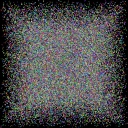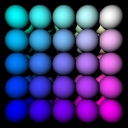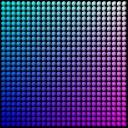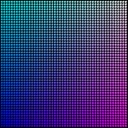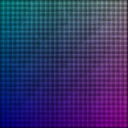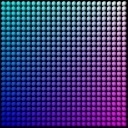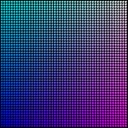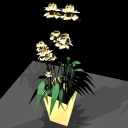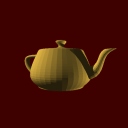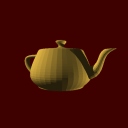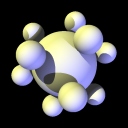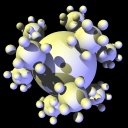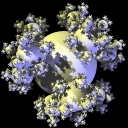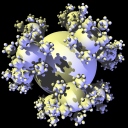| CS6620 | Advanced Graphics 2 | University of Utah |
| Prof: Peter Shirley | Ray Tracing | Sem: Spring 2002 |
|
|
| Assignment 04 - RGS vs. BVH Bake-Off |
|
On top of the framework I built for Assignment 03a - Sorting vs. Splitting, I've added a regular grid subdivision (RGS) option, as another acceleration technique to compare with the bounding volume hierarchy (BVH). In most cases, RGS is a faster algorithm, in both speed of generation and rendering speed. However, there are cases where it is slower. These cases usually involve scenes with a mix of very large primitives and very small primitives. I believe what happens is that the number of grid spaces created isn't sufficient to put few enough objects into. So, there are a few primitives that span many grid cells, but most grid cells have many primitives in them, which leads to the poor performance. I found an interesting thing when rendering the random sphere scenes. The resulting images were different between the RGS and BVH algorigthms. I originally thought this was a bug in my RGS create routine, but I later discovered that it was simply caused by concentric spheres that were being re-ordered by the BVS routine, but not by the RGS routine. This caused a different sphere to be hit for each set of concentric spheres between the two algorithms. I did nothing to fix this, as which sphere to pick is arbitrary. However, it should be noted that the random sphere pictures are not identical, but under careful inspection, it can be seen that the positions of the spheres are identical, their color is not. I've made some charts comparing the performance characteristics of the two algorithms:
I noticed something interesting after making these charts. The performance of the RGS seems to degrade much better than that of the BVH. Notice the geometric look of the BVH curves, compared to the almost linear (especially in the sphereflake case) look of the RGS curves.
(unless otherwise noted). |
|||||||||
All of the images above can be regenerated by specifying the appropriate
scene file on the command line of the rayn program
rayn-04.zip (1.20 Mb). The source code is included
in the zip file. Here is a description of the command line parameters for
rayn.
usage: rayn [options] <scene_file>
required:
<scene_file> file containing scene description
options:
-o <output_file> output image filename (output.tga)
-w <width> width of output image (256)
-h <height> height of output image (256)
-shadows <true/false> generate shadow rays (true)
-rgs <true/false> generate regular grid subdivision (true)
-bvh <true/false> generate bounding volume hierarchy (false)
-sort <true/false> sort (not split) the surface list (false)
-cull <true/false> cull backfacing triangles (false)
|
| Questions/comments to nate@pobox.com. |
|
|
|
March 2002 © Nate Robins |






